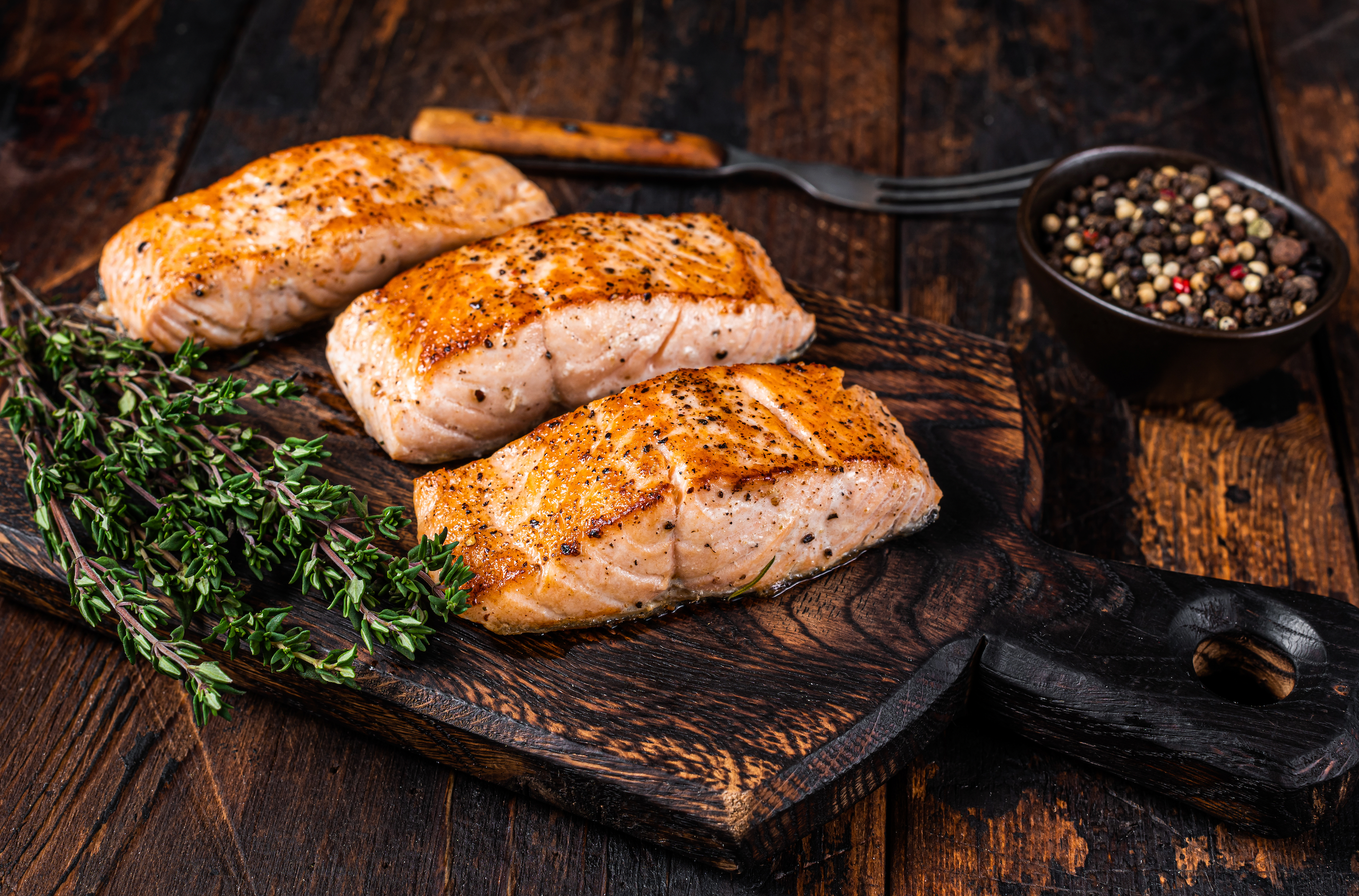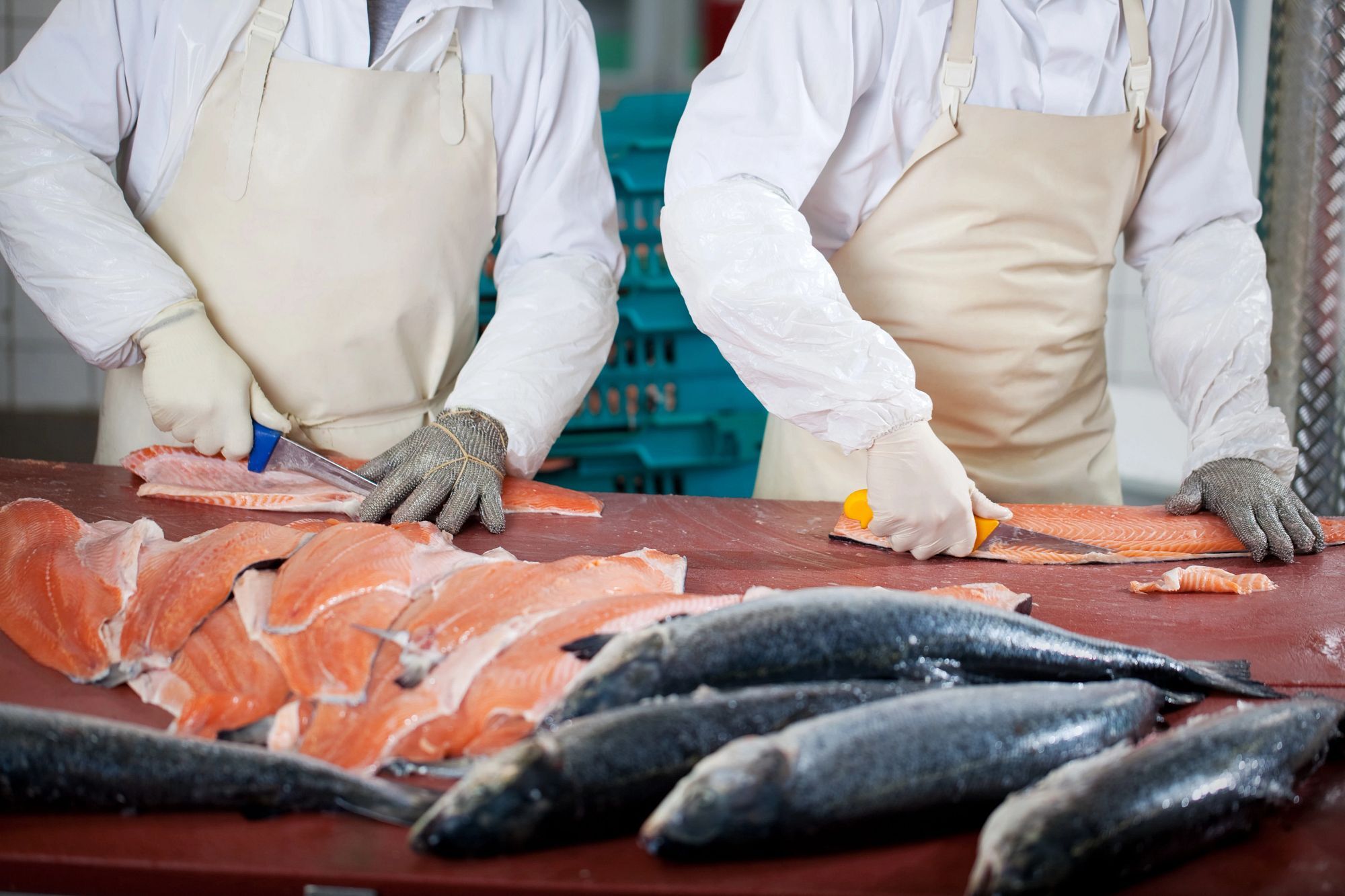Atlantic, Pacific and Southern Bluefin tuna has massively declined from overfishing and illegal fishing in the last 20 years. Population declines are mostly due to demands in high end sushi markets.

In Japan, all Bluefin tuna are graded by the quality of the oily meat that's extracted from the fish. One of the highest valued is the 'toro' from the belly. Tuna that's meant for sushi is meticulously taken care of to ensure the flesh is not damaged. Once fresh tuna arrives at the fish market, samples from the tissue are inspected for color, consistency and flavor before pricing. Although sushi is made from various tuna types like yellowtail and big eye, otoro is only obtained from bluefin tuna.
Otoro is from the under-belly inside the tuna, and it gets separated into grades which happen to be recognized according to the marbling through out the steak, very similar to how beef is graded. If you've ever ordered Otoro (fatty tuna) nigiri sushi (pictured below) from a high-end Japanese restaurant in Dubai or Abu Dhabi, you'll know from the taste (and price) that it's a superior cut.

The sustainable option is farmed Bluefin tuna and it's become popular in the last decade. In the past, if a restaurant of hotel had bluefin tuna on their menu it was considered unethical due to overfishing and some species being endangered. Nowadays, as farmed Bluefin tuna is a preferred option, the stigma around Bluefin tuna is no longer there.
Turkey has become one of the top countries to export Bluefin tuna to Japan. Approximately 5,000 tonnes were exported in 2022 valued at 13.8 billion yen ($92 million), according to Japanese government data. Although tuna exports to Japan were almost nil when farming started in Turkey, they now account for nearly 20% of Japan's total tuna imports, the most after Malta, which exported 6,900 tonnes in 2022.



